Attributed to and modelled at factory De Griekse A by owner Jacobus Halder 1765-1768 is as a couple seated beneath a large tree. The woman wearing a purple shirt with a black fur, white sleeves and a white dress decorated with red and gilded flowers as wel as an elegant red hat with a gilded bow (the underside of the hat in sky blue) and red slippers with a gold buckle. The man with a black pony tails is wearing a white jacket with purple and gilded flowers and red stripes interconnecting the flowers. He is also wearing a white shirt with blue and purple shading applied. Black pants with gilding and black shoes complete his attire. A black and white sheep-dog is seated between them. The man is petting him with his right hand. The base is applied with rococo elements and flowers. The tree has green leafs and a brown and pink trunk. The tree bears fruit with both orange apples, red berries as well as golden pears. Last, it has two large rocaille shell shaped salt cellars with an opened fruit or two toned flower inside.
What makes this piece truly unique is that it is basically an EXTREMELY RARE copy of a Meissen group af a gallant and companion, painted in the NEWLY invented colours (known as the Meissen palette) AND gilded AND with the EXTRAVAGANT use of yellow and BLACK and with obvious ORANGIST emphasis. On top of that, the painting quality displayed by Jacobus Halder is extremely high and detailed and surpasses any other Delftware from this period, except for maybe that of the Dextra brothers that worked before him ( Jan Theunis Dextra for De Grieksche A 1750-1765 (A-/iTD) who sold the factory to Jacobus Halder and his brother Zacharias Dextra 1745-1758 (Z:DEX) who owned the Drie Astonne). Another fact is that this piece was extremely expensive and work intensive to produce and had to compete with the very popular Meissen porcelain.
A well known fact is that Jacobus Halder was a big supporter of the Dutch royal house of Oranje-Nassau. The city of Delft itself has always been an Orangist city, but a lot of orangist pieces are know for Jacobus Halder. He painted an A:iH marked Orangist plaque with the same pallet as this salt group for the installation of prins Willem de Vijfde in Den Haag which is owned (but currently not displayed) at Keramiekmuseum Princessehof in Leeuwarden, the Netherlands. The factory also produced sets of Orangist lions (a set can be seen at the Municipal museum in The Hague). An Orangist water fountain also for the installation of Prins Willem V, was made by Jacob Halder and is currently in my private collection. Assuming that the here mentioned pastoral group is Orangist is in my opinion therefor all but farfetched.
Due to the fact that it was very expensive to paint ceramic groups (the guild of St. Luke stipulated the salary of a Delftware painter), many groups were only glazed a.k.a. “Delft white” and then painted with oil based paint for a fraction of the price. See “Delftsch Wit” from Léon-Paul van Geenen 2013, on pages 224 and 228 for an unpainted matching pair of a seated man and a seated women, probably produced between 1760-1770.
Virtually identical salts (2) can be found in Adrien Dubouché in Limoges, both marked AIH for Jacobus Halder of De Grieksche A made around 1765. Here the lady and the man are separate and without dog or tree.
No questions at this time

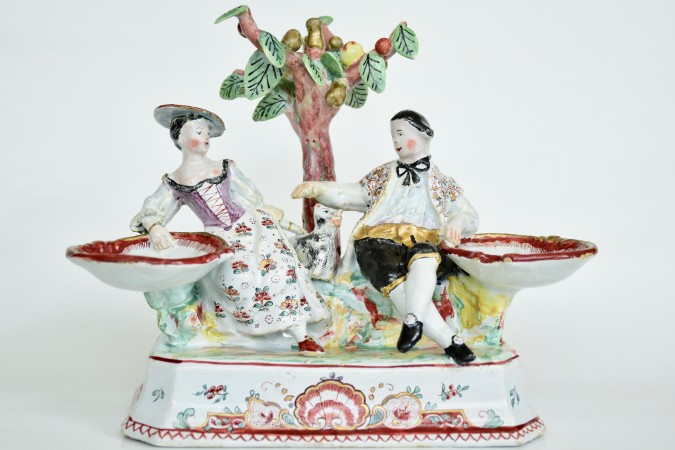
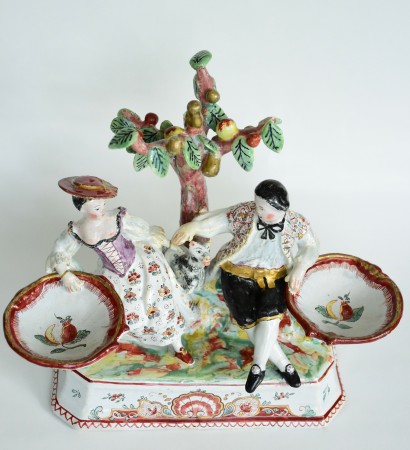
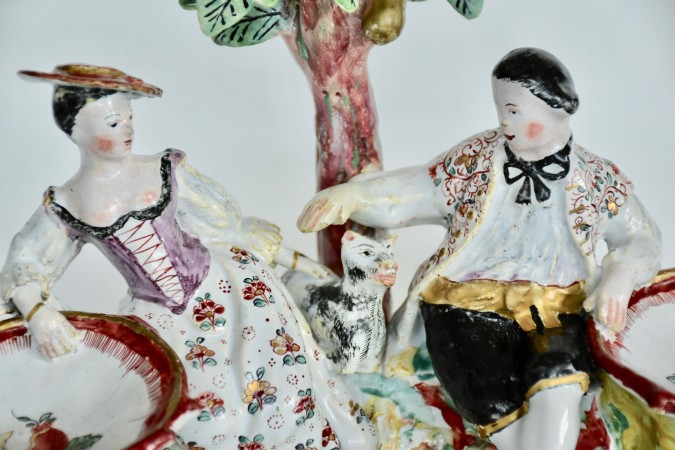








Reacties 3
Dank voor het delen, interessant om te zien!
prachtig object
Verdict:
Add new comment
Only logged in users can post comments
Log in or register to post comments